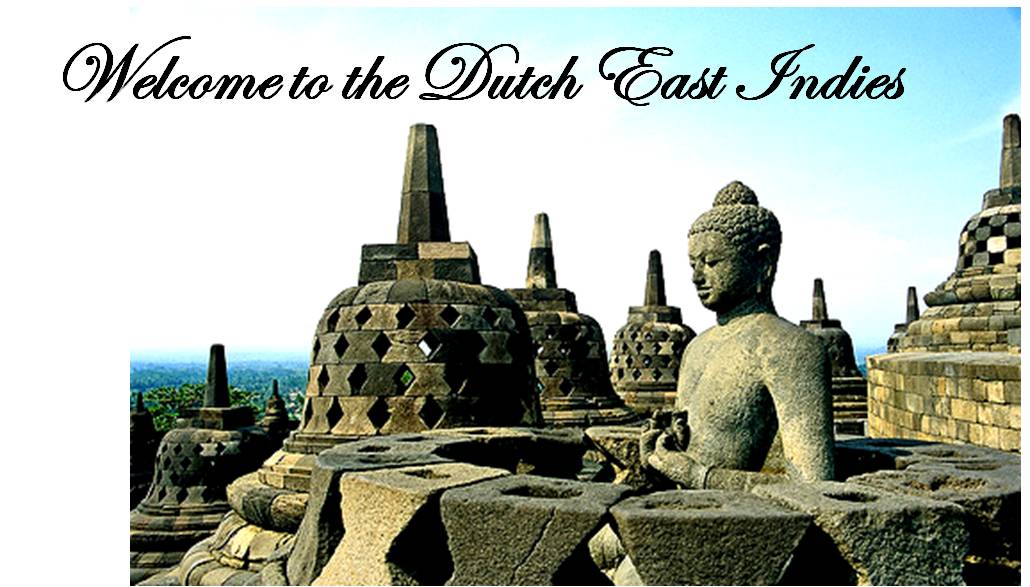Ancient Kingdoms
Tarumanagara (358 - 669)
- Sudanese kingdom
- Attacked and defeated by Srivijaya around 650
- Religions : Animism and Buddhism
• Capital: Palembang, Jambi, Chaiya
• Languages: Old Malay, Sanskrit
• Religion: Buddhism, Hinduism
• Government: Monarchy
• Currency: Native gold coins and silver
• Coastal trading centre
• Building of the Buddhist famous temple Borobudur
• Important centre for Buddhist exapansion 8-13th Century
• Stronghold of Vajrayana Budhhism à attracted many Buddhist
pilgrims and scholars all over Asia.
Sailendra (8th – 9th Centuries)
• Co-existed with Medang Kingdom
• Based in Central Java
• Middle of 9th Century: Collapse of Sailendra kingdom
à Peaceful relationship btwn Sailendra and Medang deteriorates
Conflicting historian theories about Sailendra : ruling family / dynasty of Medang itself.
• Capital: Pukuan Pajajaruan, Kalawi
• Languages: Sanskrit, Sudanese
• Religion: Sunda Wiwitan, Hinduism, Buddhism
• Government: Monarchy
• Currency: Native gold and silver coins
• King Tarusbawa from Sunda Sambawa
• Tarumanagara Kingdom declining due to invasions of Srivijaya
• Renamed Tarumanagara Kingdom as Sunda Kingdom
• Economy relied highly on agriculture (rice cultivation)
• Main producer of high quality pepper
• Forceful invasion of the army of Paletehan (Fadillah Khan) into Sunda Kalapa (1487 – 1570)
• Commander of Sunda Kingdom, royal minster and the people who worked at the habor all lost their lives.
• Portuguese were no longer welcomed in Sunda Kalapa.
Medang Kingdom (752 – 1045)
• Hindu- Buddhist Javanese Kingdom
• Capital: Central Java, East java
 |
| Kakawin |
• Languages: Old Javanese, Sanskrit
• Religion: Kejawen, Hinduism, Animism, Buddhism
• Government: monarchy
• Currency: Masa and Tahil (local gold and silver coins)
• Based in Central Java
• Between 8th – 10th century CE
• By 850 dominant power of Java
• Ruled by Sanjaya dynasty ; First king of Medang : King Sanjaya
• Serious rival to Srivijaya kingdom
• During mid 9th – 10th century: witnessed blossoming of literature, culture and art.
• Translation of Hindu-Buddhist texts
• Transmission and adaptation of Hindu-Buddhist ideas
• Kakawin Ramayana written (old Javanese rendering)
Kediri (1045 – 1221)
 |
| Srikandi Mask, Kediri Style |
• Indianized Kingdom (Hinduism)
• Capital : Daha (or Kadiri)
• Religion: Animism, Buddhism, Hinduism, Kejawen
• Languages: Old Javanese, Sanskrit
• Government: Monarchy
• Currency: Native gold and silver coins
• Main occupations of people:
à Rice cultivation
à Animal farming (cattle, boar, poultry)
à Spice trade
· Later the Kediri economy became more dependent on the spice trade
· Result of Kediri’s development of navy, which allowed the Kediri to control the spice trade routes to eastern islands.
Singhasari (1222 – 1292)
 |
| Monument in remembrance of the last Singhasari King, King Kertanegara |
• Capital: Tumapel
• Languages: Old Javanese, Sanskrit
• Religion: Kajawen, Hinduism, Animism, Buddhism
• Government: Monarchy
• Currency: Native gold coins and silver
• King Kertanegara claims weak remains of Majapahit
• Majapahit becomes part of Singhasari
• Pamalayu Expedition led by Admiral Mahesa Anabrang, one of intentions to secure the Malayan strait from sea pirates and Mongolian invasion
• Expanded Singhasari territory, controlling other kingdoms, sending troops and expeditions to
Kalimantan and Malaku, making an alliance with the King of Champa (Vietnam)
Collapse
• King Kertanegara does not submit to Mongolian demands for submission and sends Mongol envoy back disfigured.
• King Kertanegara assassinated in a surprise attack during a Hindu holy festival by Jayakatwang.
• Jayakatwang ursurps the throne
• Raden Wijaya, one of the King’s son-in-laws flees
• When Mongol army comes, tricks them into destroying Jayakatwang
• Raden Wijaya then attacks the exhausted Mongolian army
• Mongolians retreat, Raden Wijaya starts the Majapahit empire.
• Capital: Majapahit
• Languages: Old Javanese (main) , Sanskrit (religious)
• Religion: Kejawan, Hinduism, Buddhism, Animism
• Government: monarchy
• Currency: Native gold and silver coins, Kepeng (coins imported from China and later produced locally)
• Defeated Srivijaya in 1290
• Great prosperity due to two factors:
- Fertile northeast lowlands of Java suitable for rice cultivation
- Majapahit’s ports on north coast important stations along the spice route of Malaku – as spices passed through Java, Majapahit made profits.
• . Declined after succession struggle resulted by death of Hayam Wuruk’s death
| Portugal Flag then |
- First Europeans to reach the country
- Wanted to dominate the spice trade
- Also propagated Christianity to the locals
- Established trading posts and forts
- Imprint of Portuguese culture on the local
- Dutch colonialism led to only control of Solor, Flores and Timor, but ultimately, lost in maintaining control of the spice trade


.jpg)
